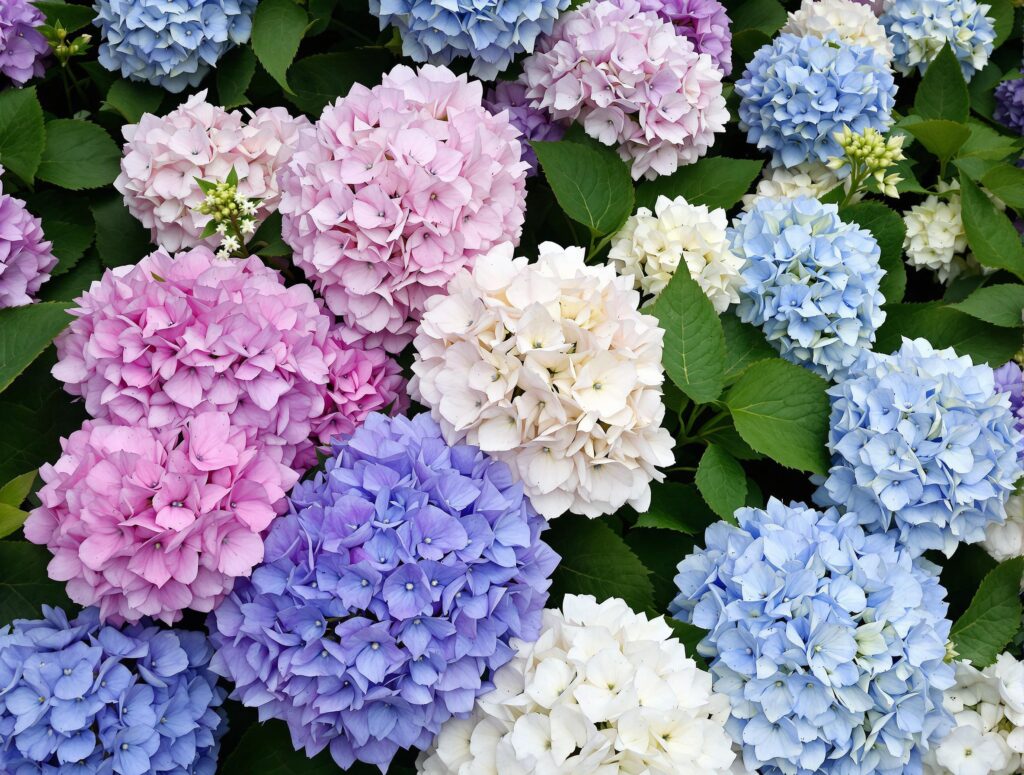
Introduction
Hydrangeas are beloved for their lush, vibrant blooms that add a touch of elegance to any garden. To achieve gorgeous blooms in the summer, it’s crucial to focus on spring hydrangea care. This season is pivotal for setting the stage for a spectacular floral display. By understanding and implementing essential spring tasks, you can ensure your hydrangeas thrive and produce abundant, healthy blooms. For more vibrant blooms, check out our guide on gladiolus plants.
Understanding Hydrangea Varieties
Hydrangeas come in various types, each with unique care requirements. The most common varieties include:
- Bigleaf Hydrangeas (Hydrangea macrophylla): Known for their large, round flower heads, these hydrangeas bloom on old wood.
- Oakleaf Hydrangeas (Hydrangea quercifolia): Recognized by their distinctive leaf shape, these hydrangeas also bloom on old wood.
- Smooth Hydrangeas (Hydrangea arborescens): This variety produces flowers on new wood and includes popular cultivars like ‘Annabelle’.
- Panicle Hydrangeas (Hydrangea paniculata): These hydrangeas bloom on new wood and are known for their cone-shaped flower clusters.
Discover plants that attract bees and butterflies to complement your hydrangeas by exploring 21 Beautiful Plants That Attract Bees and Butterflies.
For a detailed guide on pruning different hydrangea varieties, refer to the Hydrangea Pruning Guide.
Early Spring Pruning
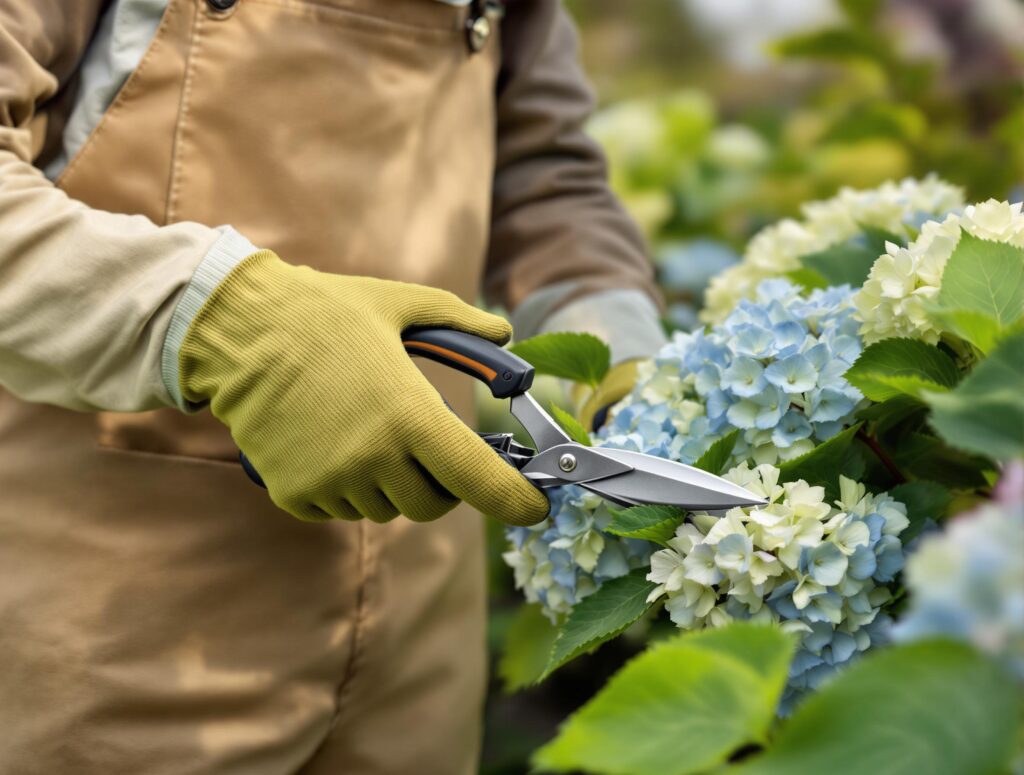
Pruning is a vital task in early spring hydrangea care. Proper pruning encourages healthy growth and promotes abundant blooms. Here’s how to prune different hydrangea varieties:
- Bigleaf and Oakleaf Hydrangeas: Prune these varieties right after they flower, as they bloom on old wood. Avoid pruning in early spring to prevent removing future blooms.
- Smooth and Panicle Hydrangeas: Prune in early spring to encourage fresh, vigorous growth, as these varieties bloom on new wood.
Use clean, sharp pruning shears and make cuts at an angle to prevent disease. For more tips on pruning hydrangeas, check out this comprehensive guide on Hydrangea Fertilizing Tips.
Fertilizing for Strong Growth
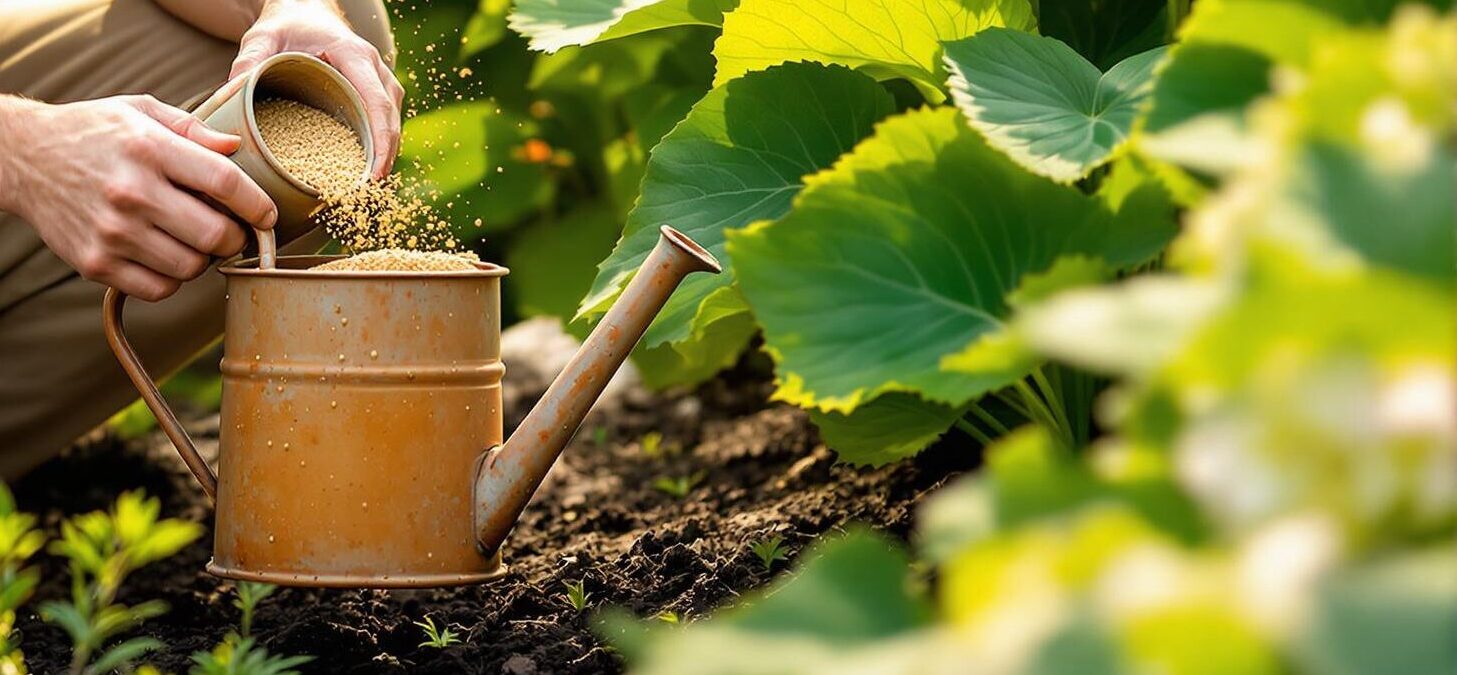
Fertilizing your hydrangeas in early spring provides the nutrients they need for strong growth and abundant blooms. Use a balanced, slow-release fertilizer with an NPK ratio of 10-10-10. Apply the fertilizer around the base of the plant, following the package instructions.
For blue hydrangeas, use a fertilizer rich in aluminum sulfate. To achieve pink blooms, opt for a fertilizer with a higher phosphorus concentration. You can also use natural fertilizers like compost or banana peels for a nutrient boost.
Explore the mystique of black flowers to add drama to your garden alongside hydrangeas by visiting 10 Stunning Black Flowers for a Mystical, Dramatic Garden.
Adjusting Soil pH for Bloom Color
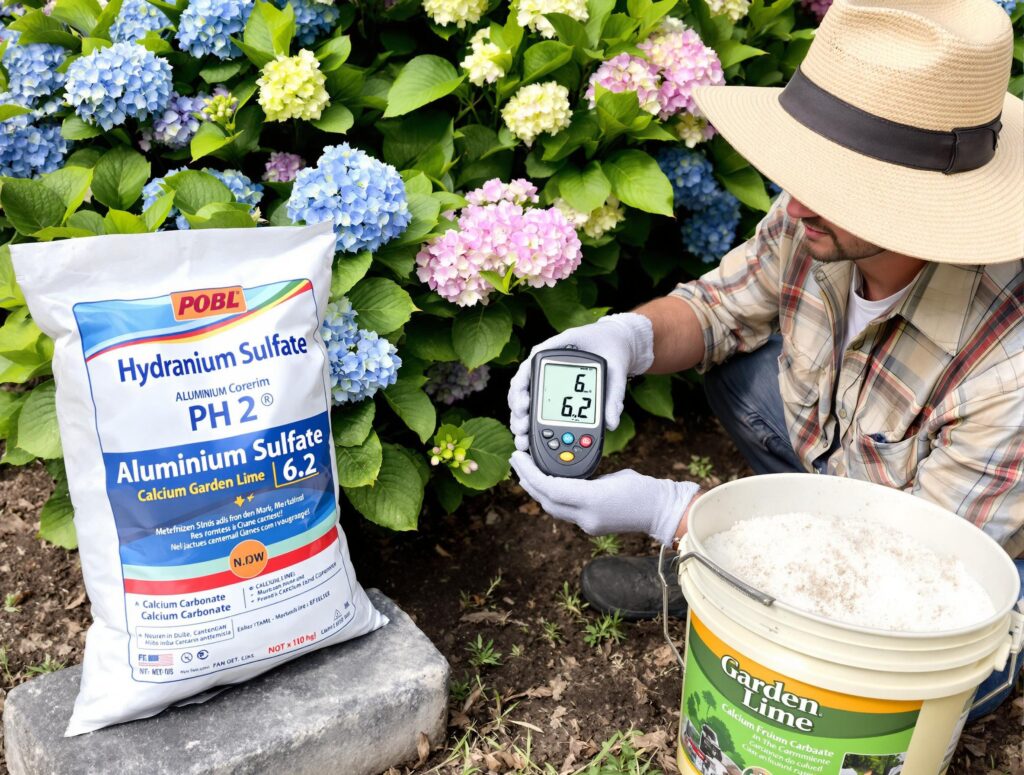
The color of hydrangea blooms is influenced by the soil pH. To achieve your desired bloom color, adjust the soil pH as follows:
- Blue Blooms: Increase soil acidity to a pH between 5.2 and 5.5. Add aluminum sulfate or coffee grounds to the soil.
- Pink Blooms: Increase soil alkalinity to a pH between 6.0 and 6.2. Add garden lime to the soil.
White hydrangeas are not affected by soil pH. For more information on changing hydrangea bloom color, refer to detailed guides available online.
Mulching Techniques
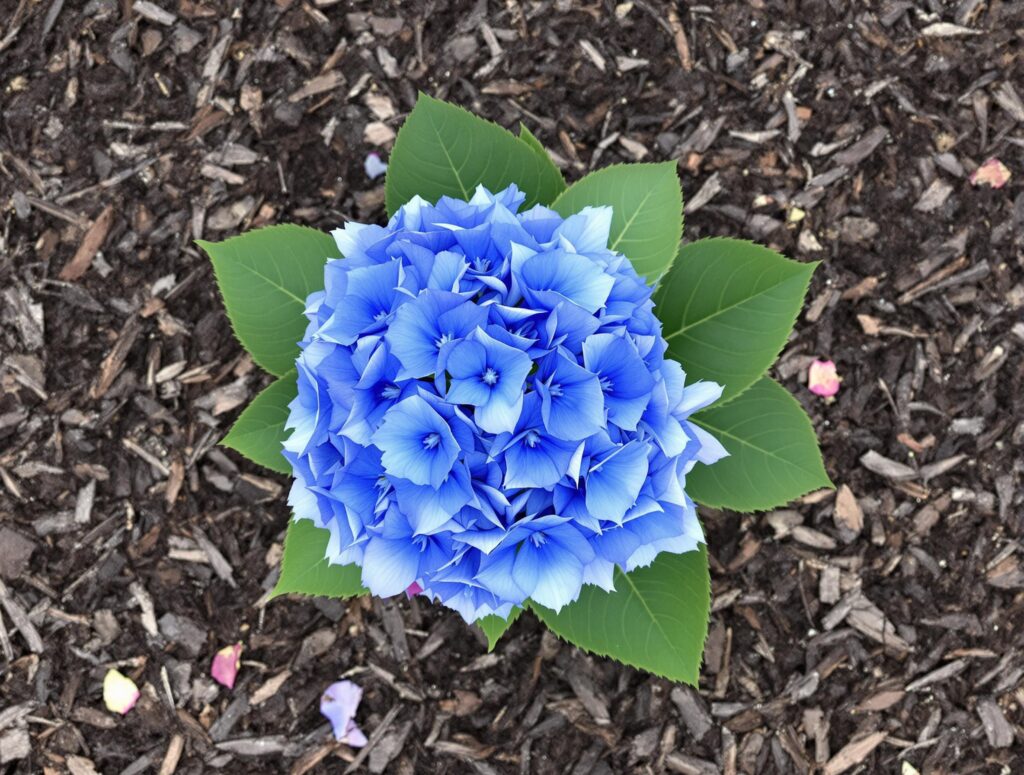
Mulching is essential for retaining moisture and suppressing weeds around your hydrangeas. Apply a 2-3 inch layer of organic mulch, such as pine bark or compost, around the base of the plant. This helps regulate soil temperature and promotes healthy growth.
For more information on mulching techniques, visit Hydrangea Mulching Techniques.
Watering Requirements
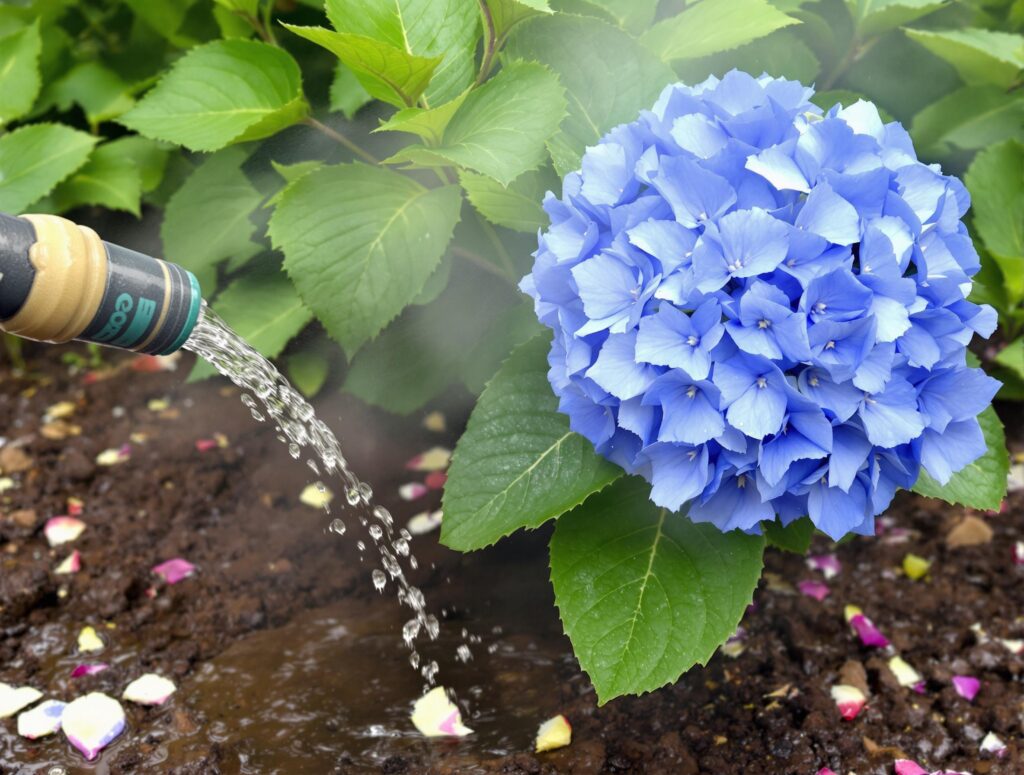
Consistent watering is crucial for hydrangeas, as they thrive in moist soil. Water your hydrangeas deeply and consistently, aiming for 1-2 inches of water per week. Adjust the watering frequency based on your climate and rainfall.
In hotter regions, increase watering to prevent the soil from drying out. Use a soaker hose for slow, deep watering, ensuring the roots receive adequate moisture.
Learn how to grow potatoes and diversify your garden with practical crops by checking out Growing Potatoes: A Comprehensive Guide.
Pest and Disease Control
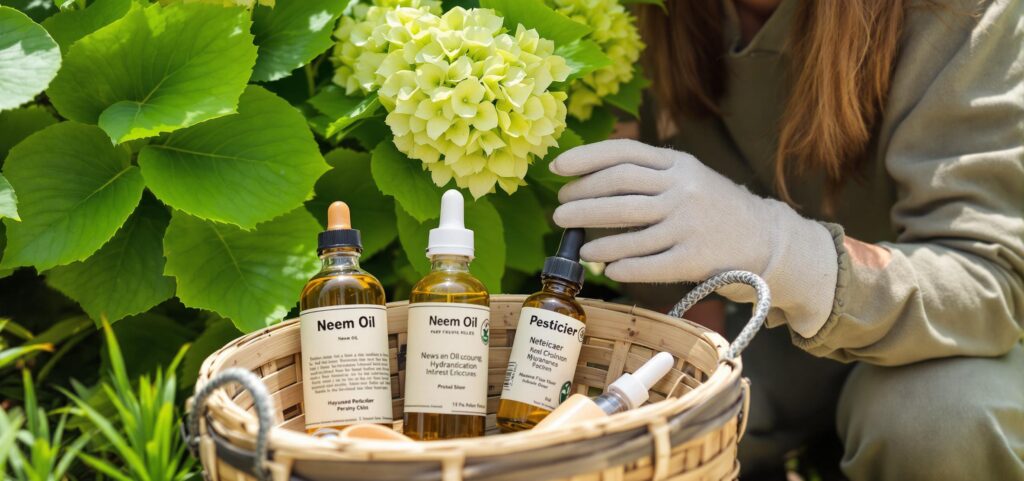
Hydrangeas can be susceptible to pests and diseases. Common issues include:
- Pests: Aphids, spider mites, and thrips can damage hydrangea foliage and blooms. Use chemical pesticides or natural remedies like neem oil to control pests.
- Diseases: Fungal issues like root rot and powdery mildew can affect hydrangeas. Prevent these diseases by ensuring good airflow and avoiding overwatering.
Regularly inspect your hydrangeas for signs of pests or diseases and take prompt action to address any issues.
Supporting Heavy Blooms
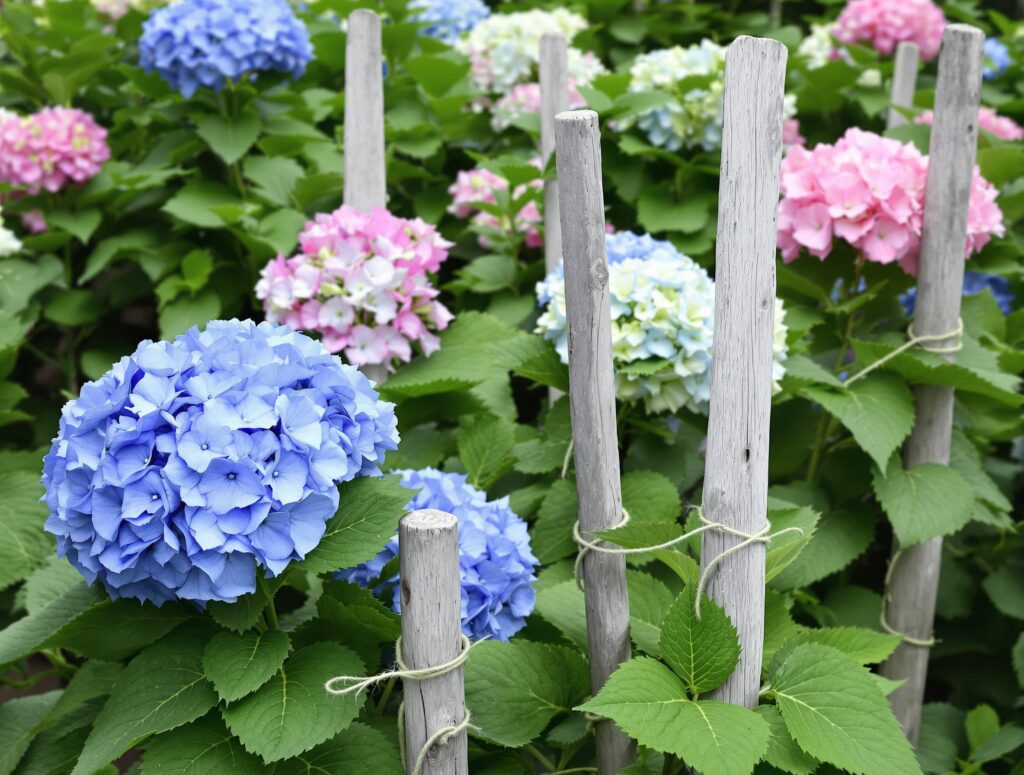
Some hydrangea varieties produce heavy blooms that may require support to prevent drooping. Use plant supports or stakes to keep the blooms upright and prevent them from touching the ground, where they may pick up diseases.
Install supports early in the growing season, being careful not to damage the plant. Ensure the supports are secure and provide adequate stability for the blooms.
Transplanting and Propagation
Early spring is an ideal time for transplanting hydrangeas. Choose a location with partial shade and well-draining soil. Dig a hole twice the size of the root ball and plant the hydrangea at the same depth as it was in its previous location.
To propagate hydrangeas, take stem cuttings in early spring and dip them in rooting hormone. Plant the cuttings in a well-draining potting mix and keep them consistently moist until they develop roots.
Try growing lemon in a cup for a unique indoor gardening experience by visiting Grow Lemon in a Cup.
FAQs
- When is the best time to prune hydrangeas?
- The best time to prune hydrangeas depends on the variety. Prune varieties that bloom on new wood in early spring, and prune those that bloom on old wood right after they flower.
- How often should hydrangeas be watered?
- Hydrangeas should be watered deeply and consistently, aiming for 1-2 inches of water per week. Adjust the frequency based on climate and rainfall.
- What type of fertilizer is best for hydrangeas?
- Use a balanced, slow-release fertilizer with an NPK ratio of 10-10-10. For blue blooms, use a fertilizer rich in aluminum sulfate, and for pink blooms, opt for a fertilizer with higher phosphorus.
- How can I change the color of my hydrangea blooms?
- Adjust the soil pH to achieve your desired bloom color. Increase soil acidity for blue blooms and alkalinity for pink blooms.
- What are the signs of overwatering or underwatering hydrangeas?
- Overwatering can lead to yellowing leaves and root rot, while underwatering can cause wilting and drooping leaves. Ensure consistent moisture and adjust watering as needed.
By following these spring hydrangea care tips, you can achieve gorgeous blooms that will be the envy of your neighborhood. Happy gardening!